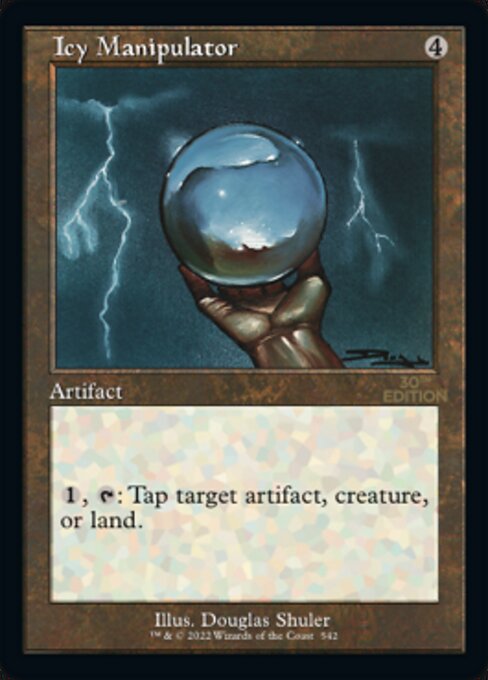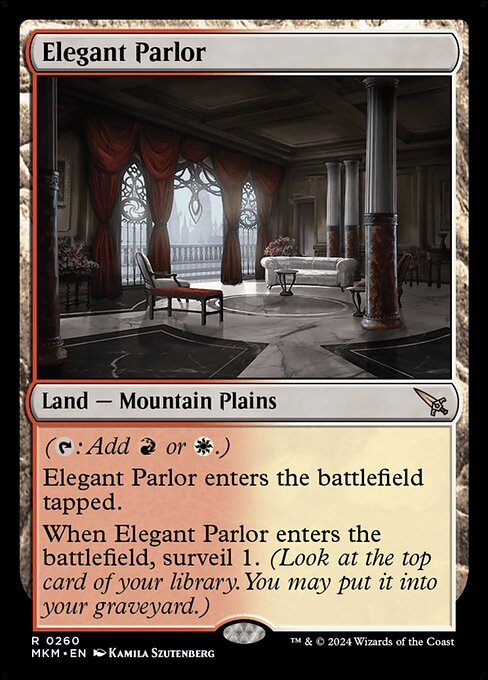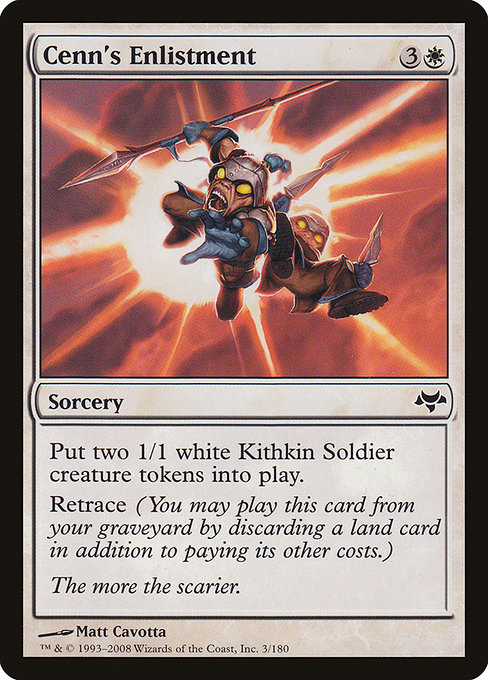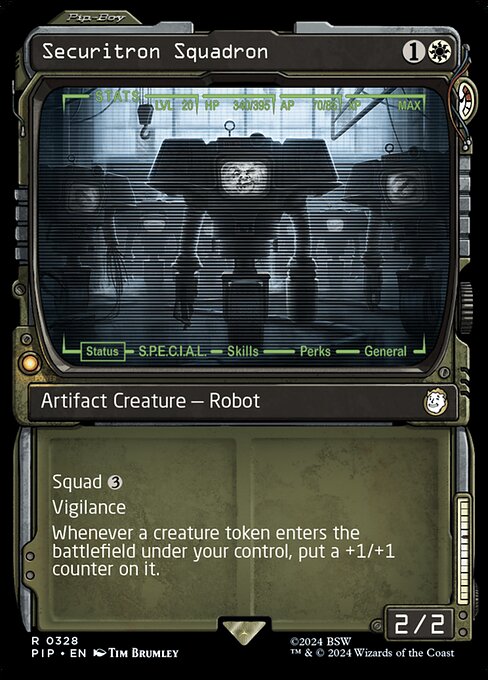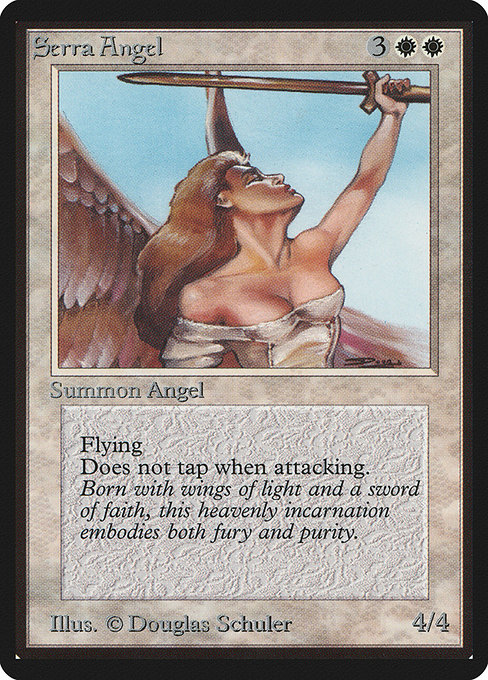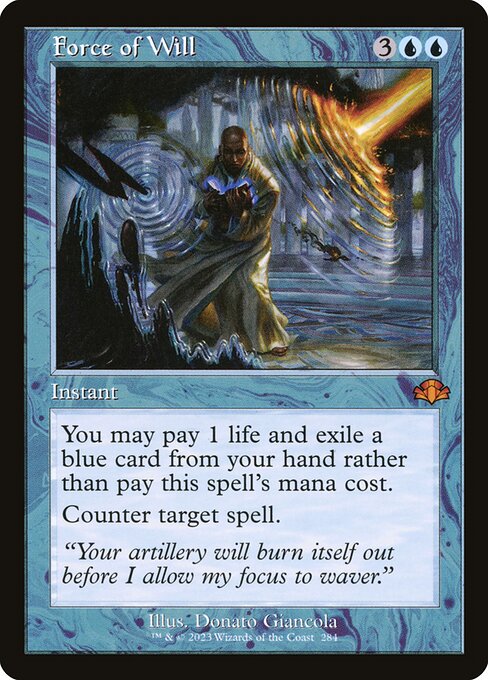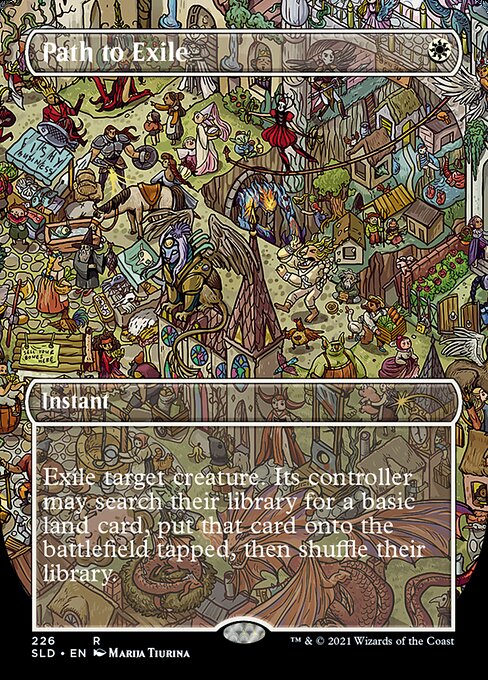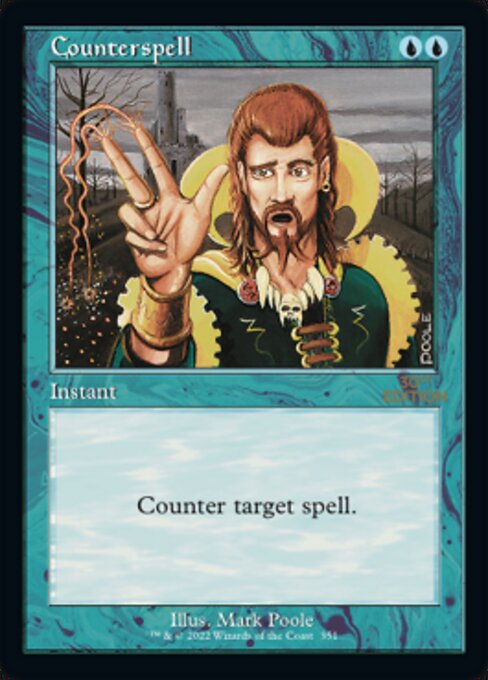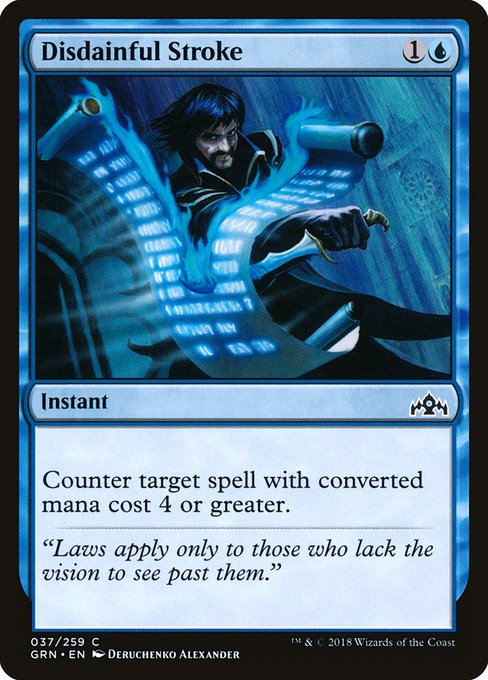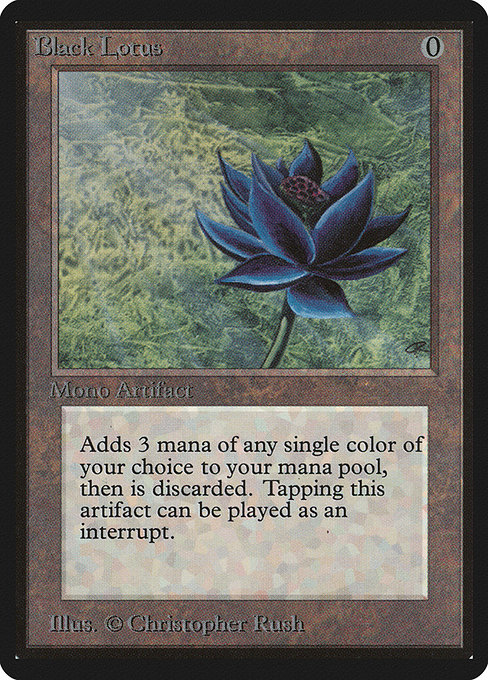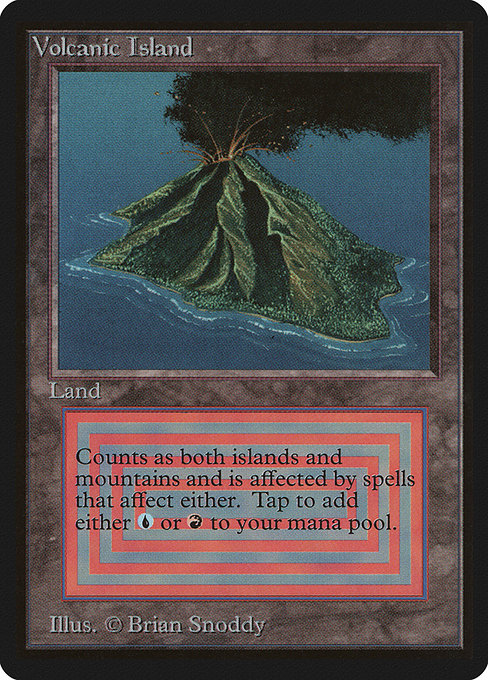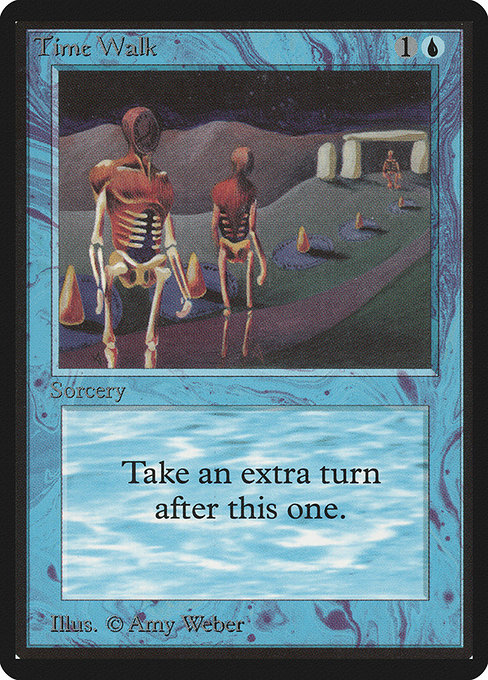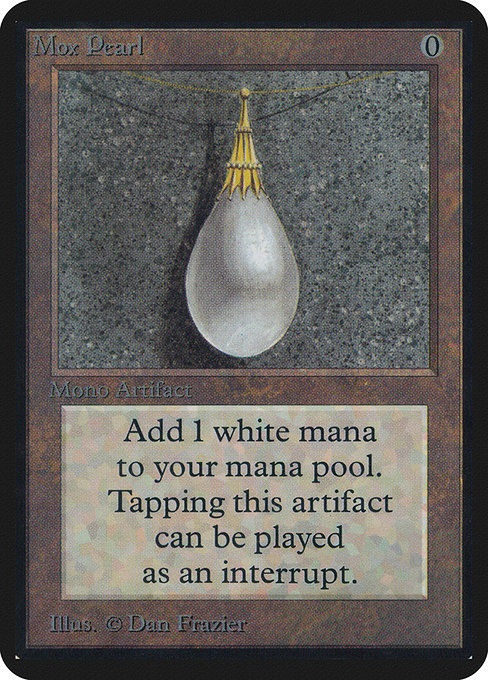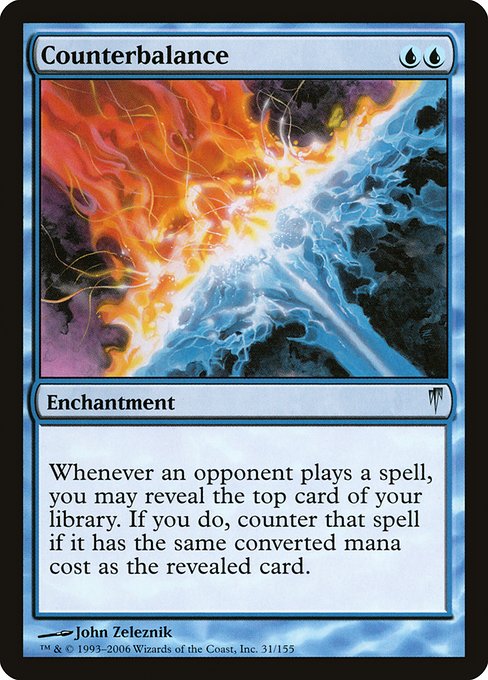
Counterbalance

Recent Analyses
Full Analysis
Generated on 2025-06-30T09:51:44.394175TL;DR Summary
Counterbalance is a powerful enchantment that allows players to counter spells with the same mana value as the top card of their library when an opponent casts a spell. This card is a staple in many controlling and combo decks, particularly those featuring blue and white colors.
Detailed Card Mechanics and Interactions
Counterbalance works by reacting to an opponent's cast of a spell. When this happens, the player who cast the counterbalance can choose to reveal the top card of their library. If that card has the same mana value as the countered spell, they can then counter the original spell being cast.
For example, if an opponent casts Sculpt of War for one mana white and you have Serra Angel in your hand, you can choose to reveal Serra Angel and counter Sculpt of War. This creates a strong advantage for the player who has access to Counterbalance, as they can disrupt their opponent's plans with relative ease.
However, it's worth noting that Counterbalance doesn't generate an immediate benefit. You need to wait until your opponent casts a spell in order to react and potentially counter it. This makes it less effective in situations where you have control over the board or other ways of disrupting your opponents' plans.
Strategic Uses, Combos, and Synergies
Counterbalance is typically used as part of a controlling or combo deck that features blue and white colors. These decks aim to disrupt their opponents by countering spells and generating card advantage through draw effects and other benefits.
One key strategic use of Counterbalance is in combination with cards like Dawn of Hope or Path to Exile. By using these cards to create pressure on the board, you can set up opportunities for your opponent to cast a spell that allows you to counter it. This creates a powerful feedback loop where you counter their spells and they try to find ways to deal with Counterbalance.
Another way to use Counterbalance effectively is by playing around its own costs. When an opponent casts a spell that would be countered by Counterbalance, you can choose not to reveal the top card of your library in order to avoid giving them free cards. This creates an interesting dynamic where you're constantly negotiating with your opponents about how much counterbalance to generate.
Deckbuilding Roles and Archetypes
Counterbalance typically fills a controlling role in decks, acting as a key disruptor that can neutralize the opponent's spells. Some archetype-specific deck lists feature Counterbalance as a central component:
- Combo decks: These decks often rely on cards like Counterspell or Force of Will to generate card advantage and create pressure on the board.
- Control decks: These decks use Counterbalance in combination with other disrupting spells, such as Doom Blade or Disdainful Stroke, to slow down their opponents' progress.
- Mill decks: Some mill decks feature Counterbalance as a means of generating counterbalance and finding cards that can help them mill their opponents.
Format Viability and Competitive Context
Counterbalance is generally considered a strong card in controlling and combo formats, particularly in more recent sets like "Zendikar" or "War of the Spark". However, its power level varies across different formats:
- Modern: Counterbalance is typically banned or restricted due to its sheer disruptiveness.
- Standard: This card remains legal in standard formats but has become less popular as other disrupting spells have been introduced.
Overall, Counterbalance's viability depends on the specific metagame and deck archetype. While it can be incredibly powerful, it also requires careful management of its costs and interactions with other cards.
Rules Interactions and Technical Notes
Counterbalance is an enchantment that reacts to a specific trigger: "Whenever an opponent casts a spell". When this happens, the player who cast the counterbalance gets to choose whether or not to reveal the top card from their library. If they do, the counterbalanced spell's mana cost will be equal to the mana value of the revealed card.
It's worth noting that Counterbalance doesn't generate an immediate benefit. You need to wait until your opponent casts a spell in order to react and potentially counter it. This makes it less effective in situations where you have control over the board or other ways of disrupting your opponents' plans.
Art, Flavor, and Historical Context
The art for Counterbalance depicts an image of a mystical orb that contains the power to balance opposing forces. The flavor text reads: "It is said that the power of balance can be found in the hearts of those who seek it." This reflects the card's role as a means of disrupting opponents' plans while also generating counterbalance.
Historically, Counterbalance was first introduced in 2002 during the "Mirrodin" set. Since then, it has become one of the most iconic and powerful enchantments in Magic: The Gathering.
Summary of Key Points
- Counterbalance is a powerful enchantment that reacts to an opponent's cast spell.
- It allows players to counter spells with the same mana value as the top card of their library when the opponent casts a spell.
- This card typically fills a controlling role in decks, particularly in blue and white colors.
- Its power level varies across different formats, including Modern where it is often banned or restricted.
- It has become less popular due to other disrupting spells being introduced.
In conclusion, Counterbalance is an extremely powerful enchantment that can greatly impact the dynamics of a game. When played effectively, it can provide an enormous advantage in controlling and combo decks, particularly when paired with cards like Dawn of Hope or Path to Exile.
